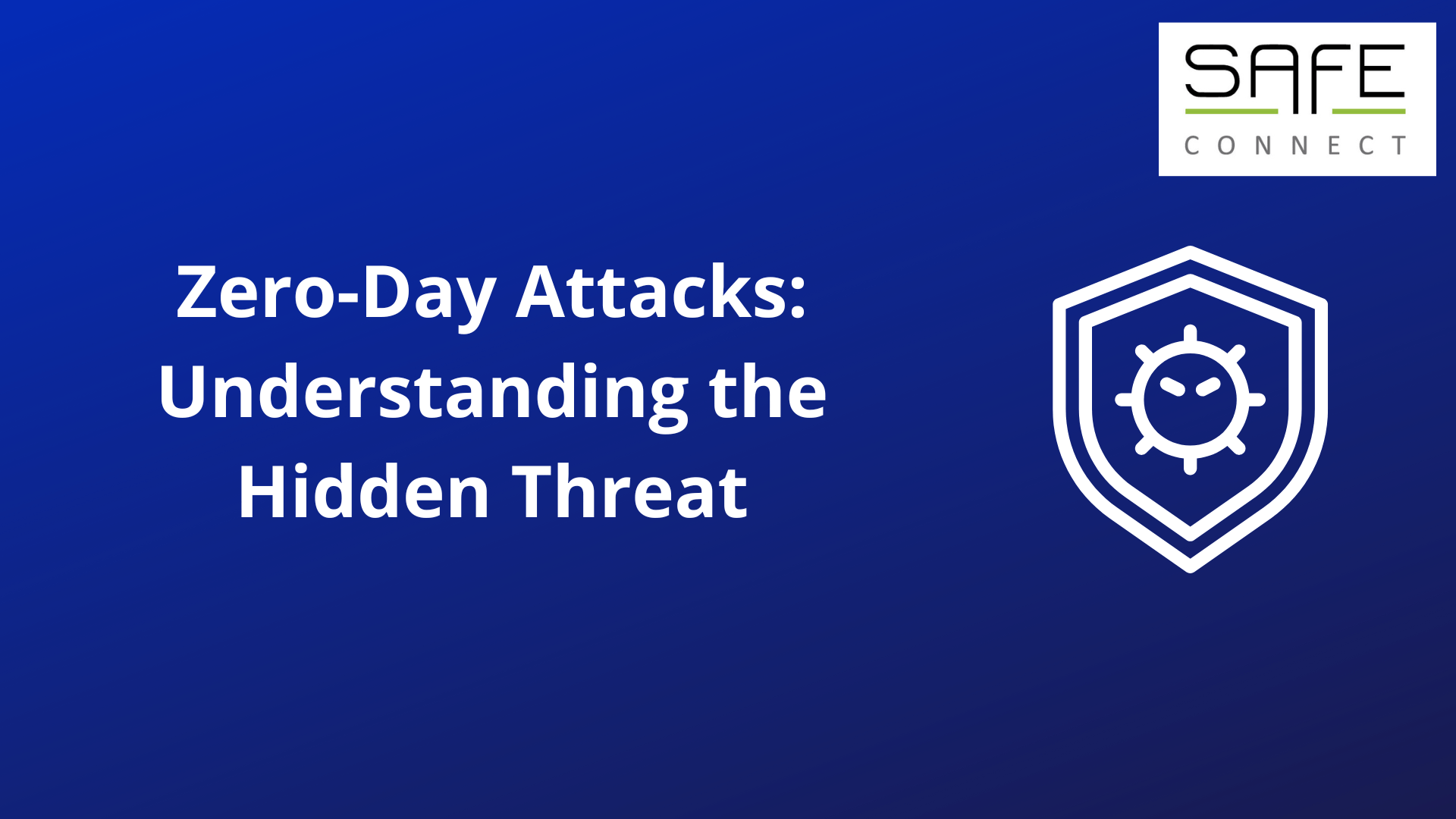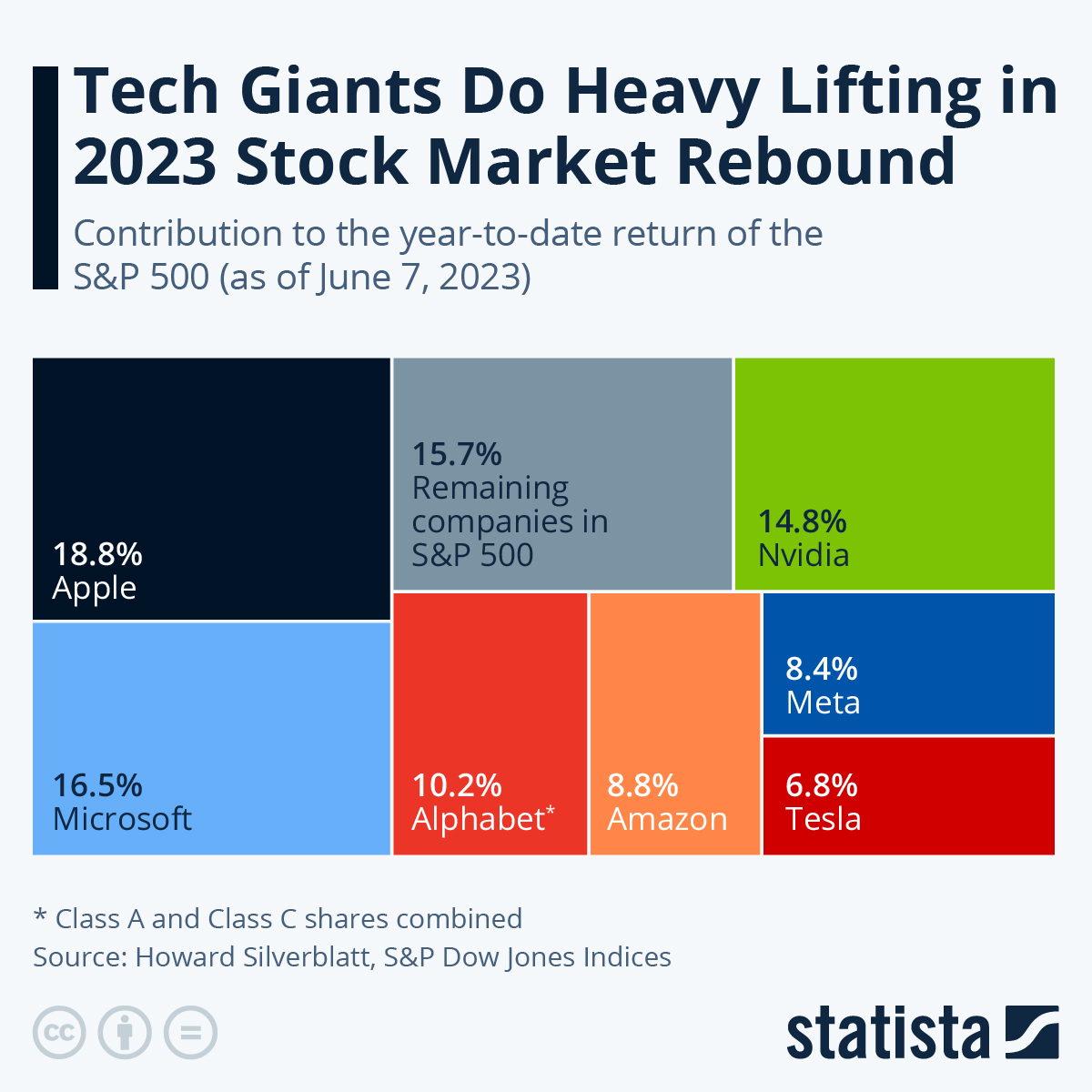The EV Revolution's Hidden Threat: The Dysprosium Shortage

Table of Contents
Dysprosium: The Unsung Hero (and Villain) of Electric Vehicles
What is Dysprosium and Why is it Crucial?
Dysprosium is a rare earth element, a lanthanide characterized by its unique magnetic properties. It's not a household name, yet it plays a vital, often unseen, role in modern technology. Specifically, dysprosium is a key component in high-performance neodymium magnets, which are indispensable for the electric motors powering EVs. These magnets are crucial because they enable the high torque and efficiency needed for optimal EV performance. Dysprosium enhances the magnets' thermal stability, preventing them from losing their magnetic strength at high temperatures, a critical factor in the demanding operating conditions of electric vehicle motors. Without sufficient dysprosium, the performance of these dysprosium magnets – and consequently, the EVs themselves – would be significantly compromised. The superior performance of dysprosium-enhanced magnets compared to alternatives makes it an essential element in the current generation of EV technology.
The Geopolitical Landscape of Dysprosium Supply
The global supply of dysprosium is heavily concentrated in a few countries, most notably China. This geographical concentration presents significant geopolitical risks. China controls a substantial portion of both mining and processing capabilities, creating a vulnerable supply chain. Any political instability, trade disputes, or unexpected disruptions in China could severely impact the availability of dysprosium, leading to supply chain disruptions with cascading effects throughout the EV industry. This dependence on a single region poses a major challenge for the long-term sustainability of EV manufacturing and necessitates a diversification of sources.
The Impact of the Dysprosium Shortage on the EV Industry
Production Bottlenecks and Increased Costs
The dysprosium shortage is already causing EV production delays. Manufacturers are facing difficulties securing sufficient quantities of this crucial material, leading to production bottlenecks and impacting their ability to meet growing demand. Furthermore, the limited supply has resulted in dysprosium price volatility, leading to unpredictable and potentially crippling increases in the cost of EV manufacturing. This, in turn, may lead to increased EV cost increases, making electric vehicles less affordable for consumers and potentially slowing down their adoption rate. The economic impact extends far beyond manufacturers, influencing the entire automotive ecosystem.
The Search for Alternatives and Sustainable Solutions
The EV industry is actively pursuing various sustainable solutions to mitigate the dysprosium dependency. Research into dysprosium-free magnet technologies is ongoing, exploring alternative materials and magnet designs that could reduce or eliminate the need for dysprosium. Simultaneously, efforts are being made to improve dysprosium recycling from end-of-life EVs and to explore urban mining techniques to recover dysprosium from electronic waste. Government initiatives and industry collaborations are also crucial in securing a stable and reliable dysprosium supply. These actions represent a critical shift toward a more resource-efficient and circular economy.
Strategies to Mitigate the Dysprosium Shortage
Diversifying Supply Chains
Diversifying the global supply of dysprosium is paramount. This involves exploring and developing new dysprosium sources beyond China, encouraging responsible mining practices in other regions, and fostering international collaborations to ensure a more equitable and secure supply chain. Improving the efficiency of dysprosium extraction processes is another crucial aspect; advancements in technology could significantly enhance the yield and reduce environmental impacts.
Investing in Recycling and Resource Efficiency
Investing in robust and efficient EV recycling programs is vital. Recycling dysprosium from end-of-life vehicles not only reduces reliance on primary mining but also offers significant economic and environmental benefits. Furthermore, exploring the potential of urban mining to recover dysprosium from electronic waste provides a valuable secondary source, creating a more circular economy. These strategies reduce the environmental impact of dysprosium extraction and minimize the reliance on virgin materials.
Conclusion: Navigating the Dysprosium Challenge for a Sustainable EV Future
The dysprosium shortage presents a significant challenge to the widespread adoption of electric vehicles. Addressing this critical issue is paramount for a successful transition to a sustainable transportation future. The reliance on a concentrated supply chain and the high demand for dysprosium in high-performance magnets creates vulnerability. However, proactive strategies focused on diversifying supply chains, investing in recycling and resource efficiency, and fostering international collaboration offer pathways toward a sustainable solution. Addressing the dysprosium challenge is crucial for a sustainable EV future. Let's work together to find solutions to the dysprosium shortage and pave the way for a greener, more sustainable transportation system.

Featured Posts
-
 Nyt Spelling Bee April 3 2025 Full Solutions And Tips
Apr 29, 2025
Nyt Spelling Bee April 3 2025 Full Solutions And Tips
Apr 29, 2025 -
 Kentuckys Louisville Faces State Of Emergency Following Devastating Tornado And Expected Flooding
Apr 29, 2025
Kentuckys Louisville Faces State Of Emergency Following Devastating Tornado And Expected Flooding
Apr 29, 2025 -
 Us Stock Market Surge Tech Giants Power Gains Tesla In The Lead
Apr 29, 2025
Us Stock Market Surge Tech Giants Power Gains Tesla In The Lead
Apr 29, 2025 -
 Nws Kentucky Important Updates For Severe Weather Awareness Week
Apr 29, 2025
Nws Kentucky Important Updates For Severe Weather Awareness Week
Apr 29, 2025 -
 Chinas Huawei Unveils Exclusive Ai Chip Targeting Nvidias Market Share
Apr 29, 2025
Chinas Huawei Unveils Exclusive Ai Chip Targeting Nvidias Market Share
Apr 29, 2025
Latest Posts
-
 Papal Conclave Debate Surrounding Convicted Cardinals Voting Eligibility
Apr 29, 2025
Papal Conclave Debate Surrounding Convicted Cardinals Voting Eligibility
Apr 29, 2025 -
 The Graying Of You Tube Npr Explores The Growing Older Demographic
Apr 29, 2025
The Graying Of You Tube Npr Explores The Growing Older Demographic
Apr 29, 2025 -
 Convicted Cardinal Claims Entitlement To Vote In Next Papal Election
Apr 29, 2025
Convicted Cardinal Claims Entitlement To Vote In Next Papal Election
Apr 29, 2025 -
 Understanding You Tubes Appeal To An Aging Audience An Npr Perspective
Apr 29, 2025
Understanding You Tubes Appeal To An Aging Audience An Npr Perspective
Apr 29, 2025 -
 Papal Conclave Debate Surrounds Convicted Cardinals Voting Rights
Apr 29, 2025
Papal Conclave Debate Surrounds Convicted Cardinals Voting Rights
Apr 29, 2025
